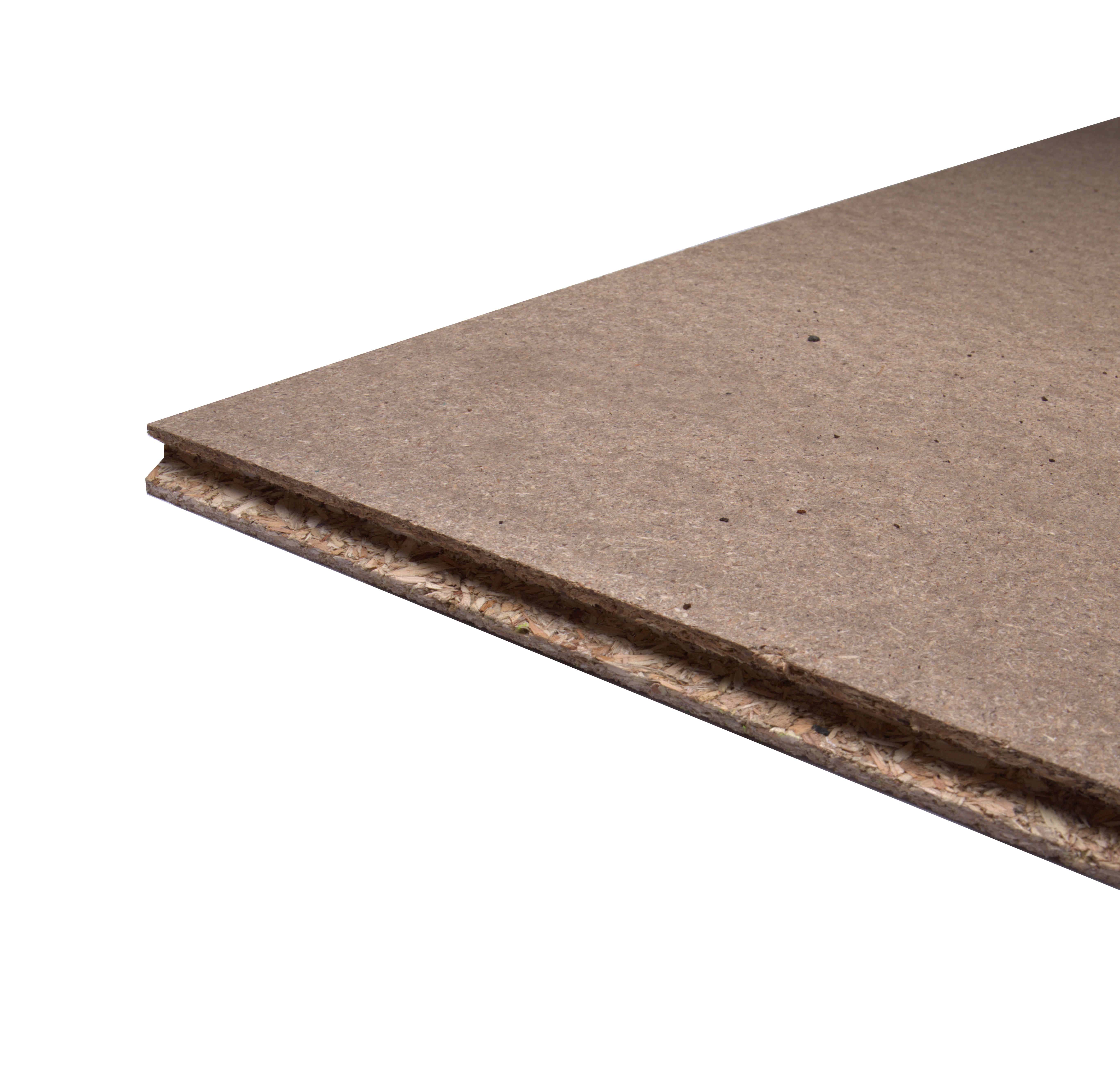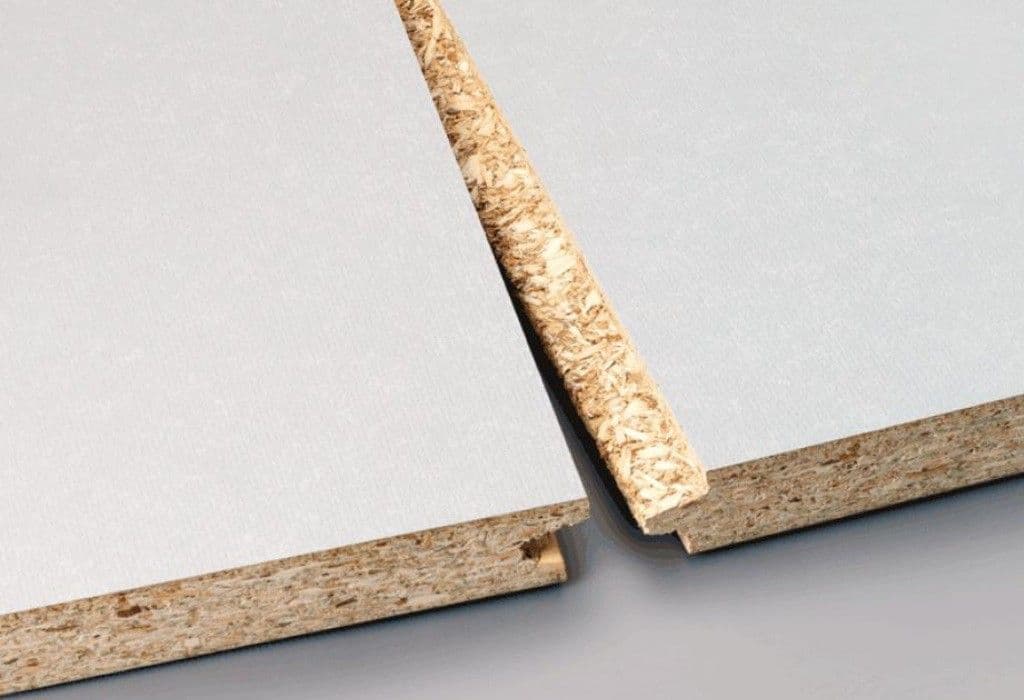Loft Boards
(5 Products)Loft boards are the perfect solution for those who want to make the most of their loft area, without having to worry about stepping through the ceiling or tripping over loose wires.
The primary rationale for flooring a loft is, of course, to create a stable surface that can withstand weight. However, this newly instilled loft floor space can open up an abundance of storage possibilities.
By utilising this extra storage space, you can free up areas that may have become cluttered, creating more useful and usable home areas.
Whether you're storing your old record collection, planning a loft conversion, or simply looking for a discrete spot to pack away seasonal decorations, loft boards are the solution.
What Are Loft Boards?
Loft boards are a type of flooring material that is used to create a flat and stable surface in loft spaces. They are typically made from engineered wood products, such as chipboard, OSB (oriented strand board), or plywood.
The main purpose of loft boards is to provide a safe and reliable surface for walking or storing items in the loft space.
Without loft boards, the insulation in the loft can be compressed or damaged by foot traffic, and it can be difficult to access or store items in the space.
Benefits of Installing Loft Boards
Loft panels have a plethora of advantages that are worth considering for your home:
- When you lay loft boards, you maximise storage space and clear the chaos in habitable rooms below - perfect for storing holiday decorations, suitcases or any other seasonal items.
- What's more, this extra space adds value to your home, improving the potential selling price of your property.
- Loft boards also provide secure access to equipment installed in the attic.
- When coupled with loft insulation such as mineral wool insulation, the marriage of boarding and insulation ensures a properly insulated loft, helping you to reduce energy costs.
Types of Loft Boards
Loft boards come in a variety of materials, including chipboard, plywood, and MDF, and are available in different sizes to fit any loft space.
At Materials Market, we stock the following loft boards:
Chipboard Loft Boards
Loft boards are most commonly constructed of chipboard - a composite material that is crafted with sawdust, shavings and wood chips bound together by either synthetic or natural resin. When these components come together, they form a strong and cost-effective solution for loft boarding.
One of the main advantages of chipboard loft boards is their affordability. Compared to other flooring materials, chipboard loft boards are relatively inexpensive, making them an ideal choice for those on a tight budget.
When resistance to moisture and humidity is a priority, opting for P5 chipboard - a green-coloured board often called "moisture-resistant chipboard" - is an option worth considering. Of course, this type of board does tend to be significantly pricier than other varieties.
OSB Loft Boards
OSB, or Oriented Strand Board, has gained a foothold as an alternative loft board material.
Like chipboard loft boards, OSB loft boards are made from wood particles that have been compressed and glued together. However, the particles used in OSB boards are larger and arranged in a specific orientation to provide additional strength and durability.
One of the main benefits of OSB loft boards is their strength. Due to the orientation of the wood particles, OSB boards are able to withstand heavier loads and offer greater resistance to bending and warping than traditional chipboard loft boards. This makes them a popular choice for homeowners and builders who need flooring material that can support heavy items or equipment stored in the loft.
Tongue & Groove Loft Boards
Tongue and groove boards are designed to offer a snug fit and an easy installation process.
Understanding how tongue and groove chipboard flooring sheets are constructed is simple. To visualise, imagine a "tongue" protruding from one side, while the opposite edge contains a “groove” which perfectly fits into the other board's "tongue".
By connecting each board on its respective sides, you get an incredibly sturdy floor surface perfect for loft spaces and other flooring applications.
Tongue & Groove Loft Boards vs Non Tongue & Groove Loft Boards
Selecting attic boards with tongue and groove edges is a wise investment in terms of structural integrity and long-term performance.
The interlocking design ensures a strong and stable floor that can withstand heavy loads without compromising its integrity.
Moreover, the reduced movement provided by T&G loft boards ensures the resulting floor is more structurally sound and thus, safe.
While non-tongue and groove attic boards may be more budget-friendly, they often lack the same level of durability and stability offered by their T&G counterparts.
As a result, they might not be the ideal choice for loft spaces that require regular use, substantial storage, or extended longevity.
Loft Board Installation Tips
- To ensure optimal strength, it is essential to arrange the boards in a staggered pattern, avoiding alignment of the joins, which could weaken the structure.
- Pay close attention to prevent any wires running through the loft from getting trapped.
- When cutting the boards, consider providing convenient access to the tops of light fittings.
Frequently Asked Loft Boards Questions
Is Loft Boarding A DIY Task?
Loft boarding can be a DIY task, but it is important to approach the project with caution and take certain precautions to ensure that the job is done safely and correctly.
Before beginning any DIY loft boarding project, it is important to assess the condition of the loft space and ensure that it is safe to work in. This may include checking for any signs of damp or structural damage, as well as ensuring that the loft is well-ventilated and free of any hazards or obstacles.
Additionally, it is important to choose the right type of loft board for the job. This may include considering factors such as the weight capacity needed, the size and shape of the loft space, and any specific requirements for insulation or soundproofing. You will also want to consider whether you are boarding the loft to create liveable space or simply a space solely for storage purposes.
When installing loft boards, it is important to take care to follow the manufacturer's instructions and use the right tools and equipment for the job. This may include using a saw to cut boards to size, a hammer or drill to secure the boards in place, and safety equipment such as gloves, knee pads and goggles to protect against injuries.
What Is The Typical Size Of A Loft Board?
Loft panels tend to come in 3 standard dimensions; 18mm or 22mm thick:
- 2400mm x 600mm
- 1220mm x 320mm
- 2400mm x 1200mm
The sheet size you go for when installing loft flooring mostly depends on the size of your loft hatch.
For further information, feel free to get in touch with our customer service team.
Can You Put Loft Insulation Under Loft Boards?
Yes, you can put loft insulation under loft boards. In fact, adding loft insulation is an excellent way to improve the energy efficiency of your home and reduce heat loss through the roof.
However, when installing loft insulation, it is essential to ensure that it is not compressed or damaged by the loft boards.
Installing the boarding directly onto ceiling joists and/or roof trusses will result in compressed thus ineffective insulation between the joists.
Loft legs are the perfect solution in this instance; they are engineered to support loft boards, allowing insulation to sit beneath without risk of compression or damage.
As ever, we recommend consulting a professional before proceeding with installation.



















